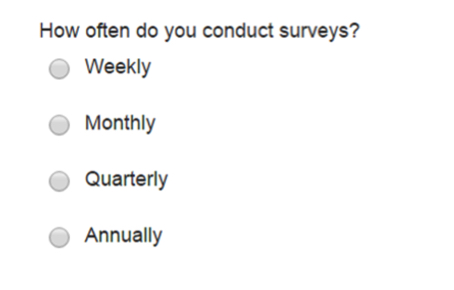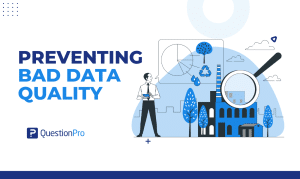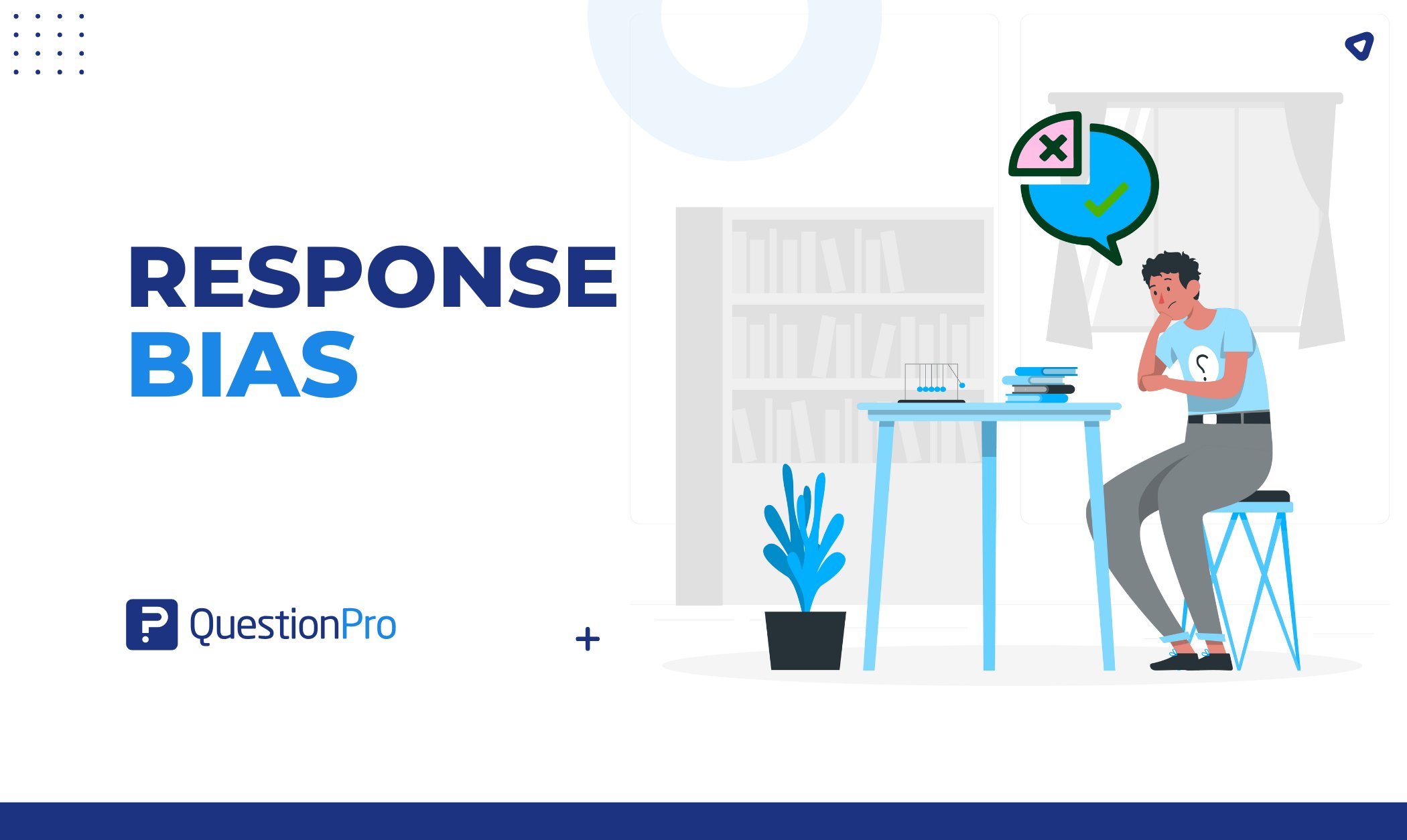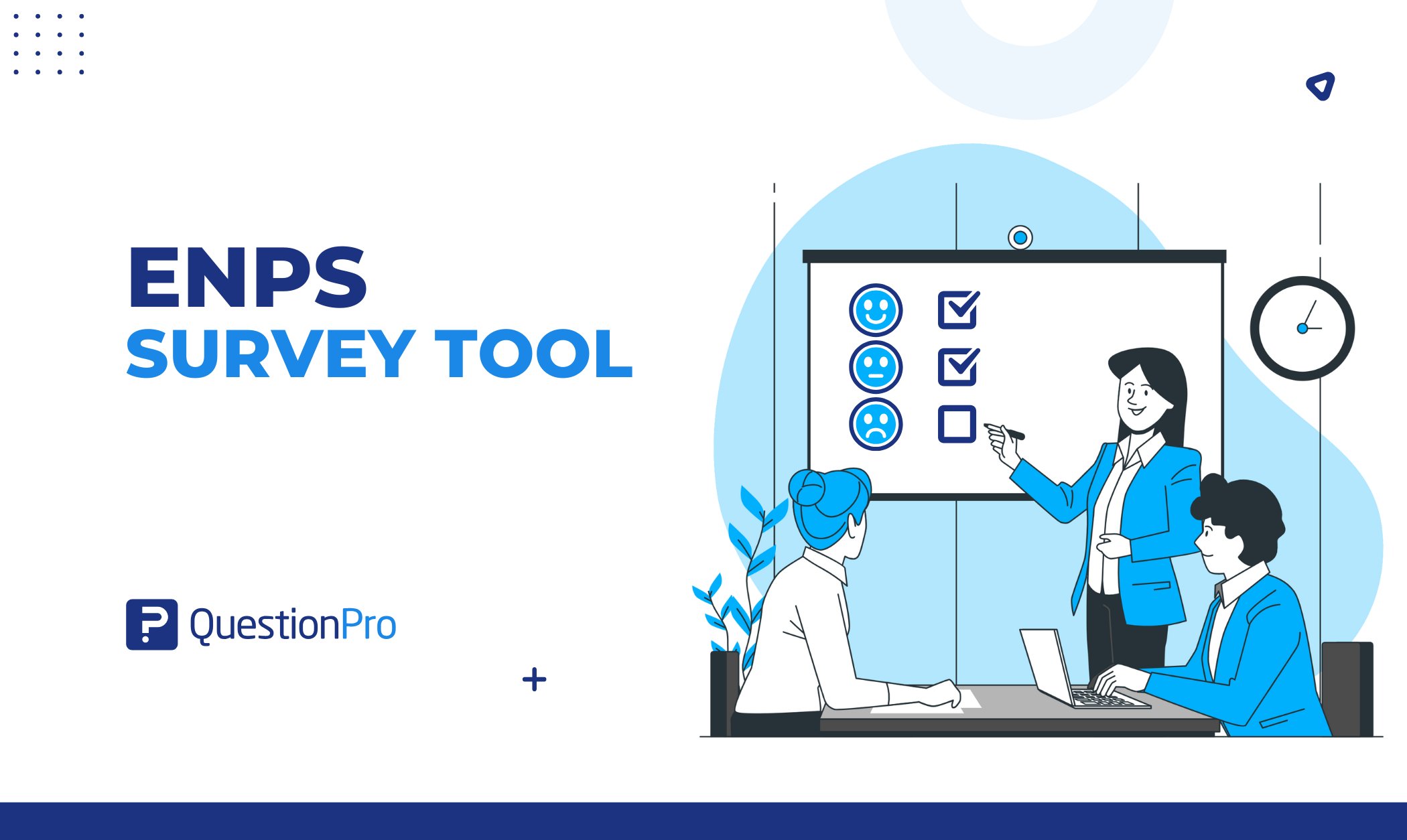
There’s no doubt that people conduct surveys for a wide variety of reasons, but all great surveys have a similar foundation. Designing a survey is an art; and similar to art, it requires a great amount of practice, some critical analysis, and a blank canvas—or a survey form in our case.
Anyone can jump right into creating a survey. But without a thorough understanding of your goals and a plan for framing your survey, you will surely make mistakes. On the other hand, a well-thought-out survey yields three things: better data, easy-to-answer questions, and happier respondents.
Regardless if this is your first survey, we want to share our tried-and-tested practices so that your survey ‘wows’ you with exceptional data.
Set Your Survey Goal
When designing a survey, you should first define your survey goals. Seasoned market researchers across any industry have a single goal in mind. They work towards a hypothesis that needs proving or a question that needs answering. Although survey goals are not strictly measurable, they should relate more to what will be done with the final data and the reason why.
Here’s a good survey goal: To gain an understanding on company X’s employee morale.
Once a clear definition of the goal is established, only then will the right questions become clear.
Set Your Survey Objectives
As your initial goal has been evaluated and determined, it’s best to work your way backward from there; in other words, dive into the details by establishing your survey objectives. These objectives determine the audience that you should target for your survey and the question topics that you will want to ask.
To clarify, the main difference between survey goals and objectives is that survey objectives are specific and measurable. Here’s an example of how to differentiate the two:
- Survey Goal – To gain an understanding on company X’s employee morale.
- Survey Objective – To assess employee work/life balance.
- Survey Objective – To assess employee satisfaction with their superiors.
Create Great Survey Questions
So you have both your survey goal and objectives—what’s next?
Once you have established your goals and objectives, keep working backwards into the details to figure out the questions you should be asking. Below are some considerations when designing your survey.
Keep it Simple Stupid (KISS)
Use simple, direct, and specific language when writing questions. Always ask one question at a time, so ambiguity is out of the picture. An excellent survey reads in a way that readers can easily understand.
Keep your Surveys Short
When designing an online survey, you are often faced with the temptation to ask a lot of questions because naturally, we want to paint the full picture. However, too many questions often result in respondent survey fatigue. With that in mind, your key goal should be to focus on the necessary information that helps you make a decision—and getting there using as few questions possible. Most survey fatigue can be eliminated by asking fewer than 20 questions in a survey.
Avoid Confusing or Unfamiliar Words
Unless your surveys are targeting industry-specific individuals, avoid jargon at all costs. By using language that your audience understands, you are keeping your audience engaged. In the end, your audience will appreciate it and you will appreciate better answers.
Always Include a “Prefer Not to Answer” Option
Sometimes respondents may not want or be able to provide the information requested. Personal questions such as income, occupation, finances, family life, political ideology, or religious beliefs might be considered intrusive and be rejected by the respondent. If you are concerned that these questions may not be received well by respondents, providing some level of confidentiality can help you still obtain sensitive information.
Ask with the Right Question Type
The type of question determines the level of data that can be collected, which in turn affects how data can be used at the end of your survey. Although QuestionPro supports over 50 different question-types, below you will find the top 3 most commonly used question-frameworks and how they are applicable:
Open-Ended Questions
Open-ended questions allow the greatest variety of responses because they offer no formal answer to the question. As the name suggests, it is completely open-ended and up to the user to fill-in-the-blank. Open-ended questions are great for discovering new ideas, but they also require a considerable amount of work for respondents to answer and for researchers to analyze.
Close-Ended Questions
Close-ended questions are used when you have defined your answers, and you’re only interested in the frequency of those particular answers. These include Multiple Choice questions, Dichotomous Questions (Yes/ No), and Rating Scales.
Close-Ended Rating Scales
Although rating scales are technically closed-ended, they are extremely useful in determining people’s opinions or attitudes in more detail. The most common forms of rating scales are Slider Scale and Likert Scale. Ratings scales are great in finding a more precise measure of people’s thoughts compared to a multiple-choice or dichotomous question.
Great Surveys Have a Flow. Position Questions Accordingly
The final touch to creating a great survey is making sure your survey has a logical flow, and ordering your questions intentionally plays a huge part. Once the survey questions are developed, pay particular attention to how they are ordered within the survey. It’s important to acknowledge that the placement of a question may have a greater impact on the response rate than the choice of words used in the question. A good rule of thumb is to order your questions from simple concepts early on to complex ones later in the survey.
Finally, you’ve identified your survey goals and objectives and filled your canvas with a colorful array of questions. You’ve picked the perfect question types and learned the common pitfalls. Now you’re ready to send it out to your target audience and become the Picasso of surveys! Just as with any piece of art, please remember that your survey will never be perfect in your eyes–and that’s okay! But with proper planning, preparation, and research, you will be much closer to getting the answers you need.
For survey inspiration, check out our Free Survey Templates or get started by creating a Free Account, and begin painting your masterpiece!










![[CX]-TCXT-closing-the-loop](https://www.questionpro.com/blog/wp-content/uploads/2025/06/CX-TCXT-closing-the-loop.jpg)